We’re starting the week with coverage of this year’s Consumer Electronics Show (CES). The show officially begins today, but many big names in the industry have already started announcing new products aimed squarely at the gaming audience.
From Nvidia to Intel to AMD, there is plenty of hardware news to tickle your fancy. We even have some updates on the display standard side in the form of DisplayPort 2.1b and HDMI 2.2.
Nvidia announces GeForce RTX 5090, 5080, 5070 Ti, and 5070 based on “Blackwell”
Perhaps the biggest hardware news of the day came from Nvidia, which announced its latest family of GeForce graphics cards built on Blackwell architecture. The new graphics card family is heading to the desktop market, and Nvidia announced that the full slate is also on deck for gaming laptops.

All the new Blackwell chips are built on TSMC’s 4NP process node. Although Nvidia CEO Jensen Huang didn’t provide transistor counts for the lesser members of the family, he revealed that the GeForce RTX 5090 has a staggering 92 billion transistors. The flagship chip also has 32GB of 28 Gbps GDDR7 memory, 3,400 AI TOPS of performance, and 104.8 TFLOPS FP32 performance. The new GPUs are already in volume production and will be available later this month. The GeForce RTX 5090, RTX 5080, RTX 5070 Ti, and RTX 5070 will be priced at $1,999, $999, $749, and $549, respectively.
- Nvidia announces RTX 5090 for $1,999, 5070 for $549, AI, DLSS 4, and more
- Nvidia RTX 5070 at $549 takes on the incumbent RTX 4070
- Nvidia DLSS 4 key to RTX 50-series' claimed 2X performance boost
- Asus debuts quad-fan flagship ROG Astral RTX 50-series GPUs at CES
Intel Arrow Lake goes mobile, AMD’s family of 3D V-Cache chips expands
Intel is ready to fire its arrows at the laptop market with the Core Ultra 200HX and Core Ultra 200H processor families. Intel hopes to shore up its defenses against its perennial competitor, AMD, and a newcomer, Qualcomm. The Core Ultra 200HX processors will be featured in desktop replacement gaming laptops, headlined by the Core Ultra 9 285HX. The Core Ultra 200H family is destined for mainstream laptops, with the Core Ultra 9 258H sitting at the top of the totem pole.
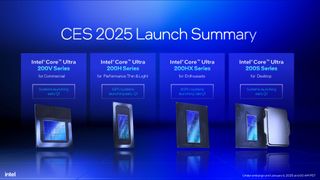
There will also be a mix of other 200 series processors based on older architectures, including the Core 200H (non-Ultra), based on Raptor Lake; Core Ultra 200U, based on Meteor Lake; and Core Ultra 200S (a fork of desktop-based Arrow Lake processors).
While Intel’s gaming ambitions took a hit with Arrow Lake, AMD shows no signs of slowing down. It announced two new members to its X3D family: the Ryzen 9 9950X3D (16 cores, 332 threads and the Ryzen 9 9900X3D (12 cores, 24 threads). AMD claims that the former offers a 20 percent uplift in performance over Intel’s flagship Arrow Lake K-Series processor and comes within 1 percent of the famed Ryzen 7 9800X3D. Let’s hope that retail availability for the Ryzen 9 9950X3D is better than the notoriously hard-to-find Ryzen 7 9800X3D.
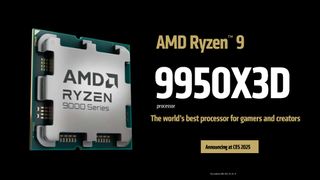
If thin-and-light notebooks are your area of focus, you might want to look at AMD’s “Strix Halo” Ryzen AI Max series processors. AMD’s point of reference for performance comparisons is with Intel’s Lunar Lake processors, and it says that its chips offer up to a 1.4x improvement in gaming performance.
The most potent member of the family is the Ryzen AI Max+ 395 (16 cores, 32 threads) with an onboard Radeon 8060S GPU (RDNA 3.5).
And for folks that want the absolute best performance on a gaming laptop, look no further than the new HX3D “Fire Range” mobile processors. They bring the 3D V-Cache goodness from the desktop side to laptops. The new Zen 5-based chips, available during the first half of 2025, are led by the Ryzen 9 9955HX3D. It features 12 cores (32 threads) and throws in an extra 96MB of L3 cache to boost gaming performance and offers a maximum boost clock of 5.4 GHz.
- Intel launches Arrow Lake mobile family with Core Ultra 200HX and 200H processors for gaming laptops
- AMD’s beastly ‘Strix Halo’ Ryzen AI Max+ debuts with radical new memory tech to feed RDNA 3.5 graphics and Zen 5 CPU cores
- AMD launches Ryzen 9 9950X3D and 9900X3D, claims 20% faster gaming performance than Intel’s flagship Arrow Lake processors
- AMD launches Ryzen AI 300 and 200 series chips for laptops
- AMD Launches ‘Fire Range’ HX3D mobile processor with game-boosting 3D V-Cache, other HX Series SKUs built on Zen 5 desktop CPU silicon
Dell retires XPS, Inspiron, and Optiplex branding
Dell’s long-standing XPS, Inspiron, and Optiplex brands are getting the axe. Dell says this move will simplify its naming conventions for consumers, but we have our doubts about those claims. At first glance, this move seems similar to Apple’s laptop nomenclature.

In the future, Dell will use a three-tier system for its consumer PCs: Dell, Dell Pro, and Dell Pro Max. Each tier will then be subdivided into Base, Plus, and Premium. But it gets even more complicated, with 2-in-1 labels for convertibles and screen sizes thrown into the product name as well.
If there’s any consolation, the Alienware brand emerges unscathed from this naming revamp.
HDMI 2.2 and DisplayPort 2.1b standards announced
Although it might not be as sexy as a new graphics card or a brand-new laptop, new HDMI and DisplayPort standards were announced at CES. HDMI 2.2 increases the maximum bandwidth to 96 Gbps, necessitating Ultra96 HDMI cables. The standard supports high-bandwidth applications, supporting 4K at up to 480 Hz, 8K at up to 240 Hz, and even 10K at 120 Hz.
DisplayPort 2.1b now supports 80 Gbps transfers at distances of up to three meters using active “DP80LL” cables.
AMD teases its first RDNA 4 desktop graphics cards
Although AMD didn’t give us a full breakdown of specs and how they will compare to their Nvidia and Intel counterparts, the company did announce the upcoming availability of Radeon RX 9000 Series graphics cards.
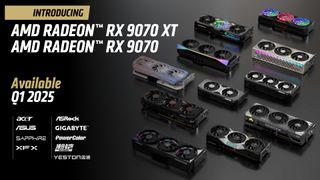
These RDNA 4 GPUs will be built on a 4nm TSMC process node and promise to deliver improved ray tracing performance and optimized compute units. This time around, AMD won’t be gunning for the absolute highest tier of performance with its graphics cards. Instead, the Radeon RX 9700/9700 XT and Radeon 9600/9600 XT seemingly coincide with the GeForce RTX 4070/4070 Ti and RTX 4060/4060 Ti (and their eventual RTX 50 Series successors).
- AMD RDNA 4 Radeon RX 9000-series GPUs revealed
- Asus first to announce Radeon RX 9070 and RX 9070 XT graphics cards
- AMD explains the missing RDNA 4 GPUs in its CES 2025 livestream
New laptops and everything else
Several new laptops were announced along with other odds and ends on the first (unofficial) day of CES.
- HP's latest Omen 16 laptops, Omen 16L gaming desktop offer compact, understated design and AMD or Intel CPU options
- MSI’s New gaming laptops include a Norse-themed Titan Dragon Edition, translucent Cyborg
- Acer’s new Predator Helios gaming laptops up the ante on performance and RGB – RTX 50 series and Intel Core 200HX CPUs meet a disco’s worth of glowing RGB
- Asus unveils full suite of RTX 5000 series gaming laptops, complete with 100% DCI-P3 screens
- Acer’s eco-friendly Vero 16 laptop is made from oyster shells and recycled plastic
- Acer’s gaming handhelds go big with 9- and 11-inch displays – Nitro Blaze 8, Blaze 11 pack AMD 8840HS CPUs
- AMD announces Ryzen Z2 series processors for handhelds
- Intel announces H810 and B860 budget chipsets for Core Ultra 200 CPUs
- Qualcomm teases mini desktop PC, announces 8-core Snapdragon X chip to bring Arm-powered Windows CoPilot+ laptops down to ~$600
- Alienware unleashes 27-inch AW2725Q QD-OLED 4K 240Hz gaming monitor for gamers who like high ppi
- New Alienware Area-51 laptops have a Gorilla Glass window, color-shifting paint job
- Acer’s Predator X323QX elevates 16:9 gaming to 5K at 144Hz
- HP’s new Omen gaming monitors include 280 Hz IPS Black and Google TV options

 1 week ago
9
1 week ago
9

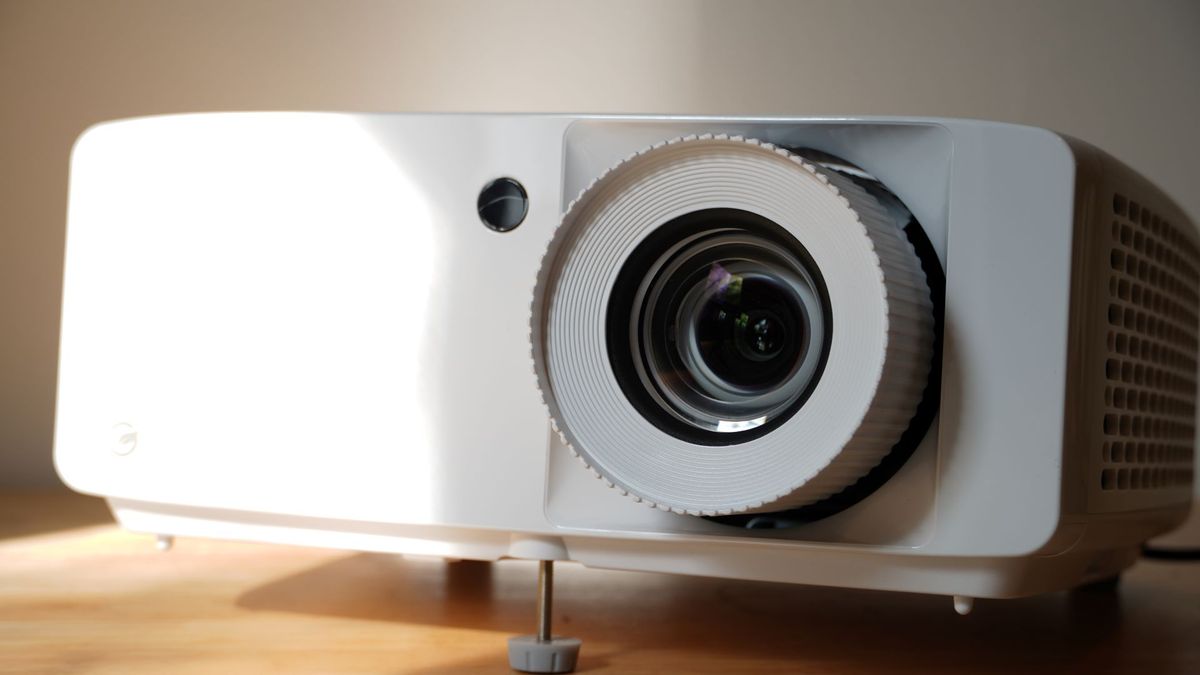
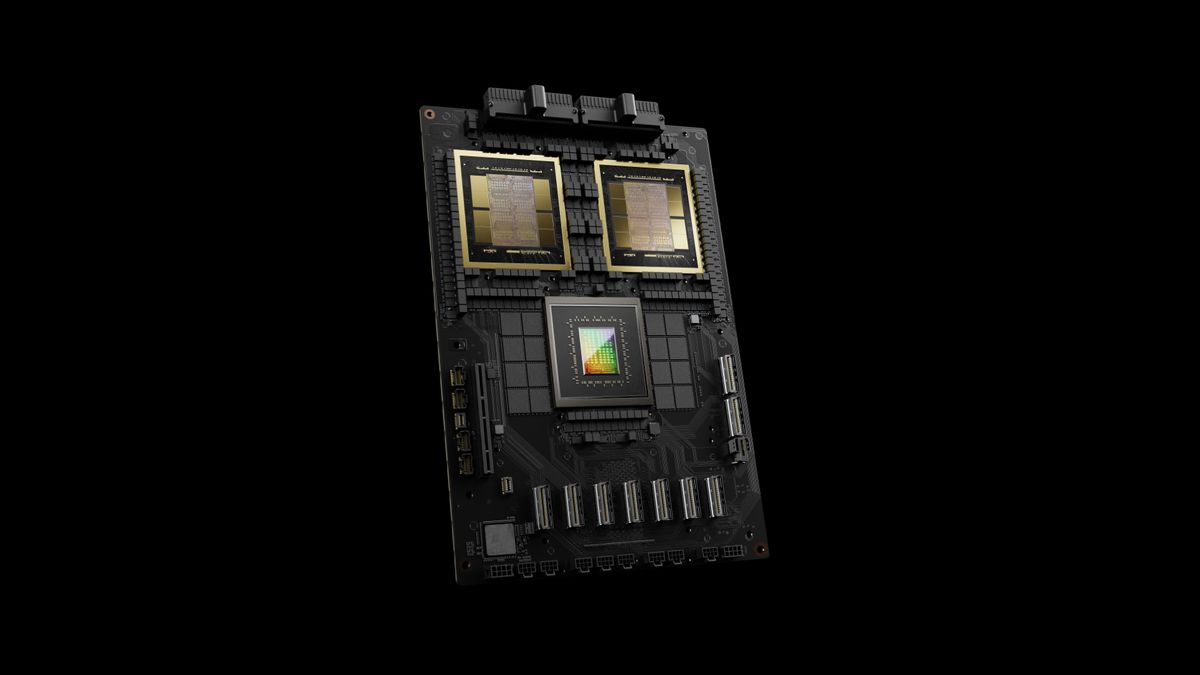
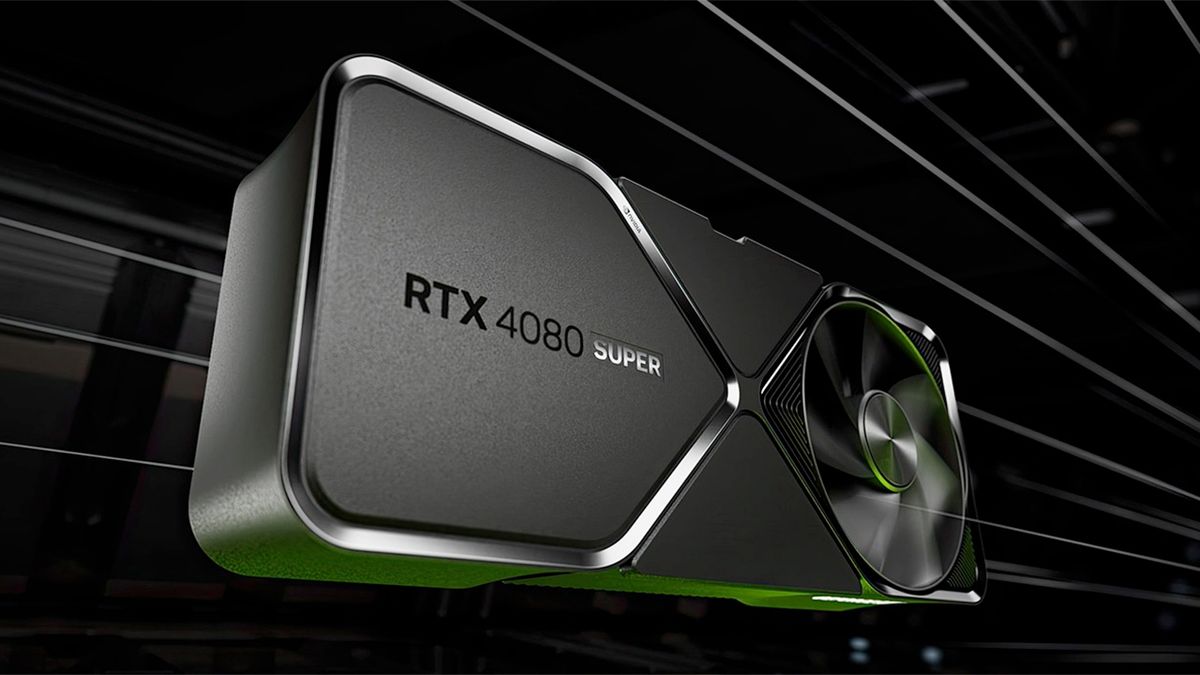





 English (US) ·
English (US) ·